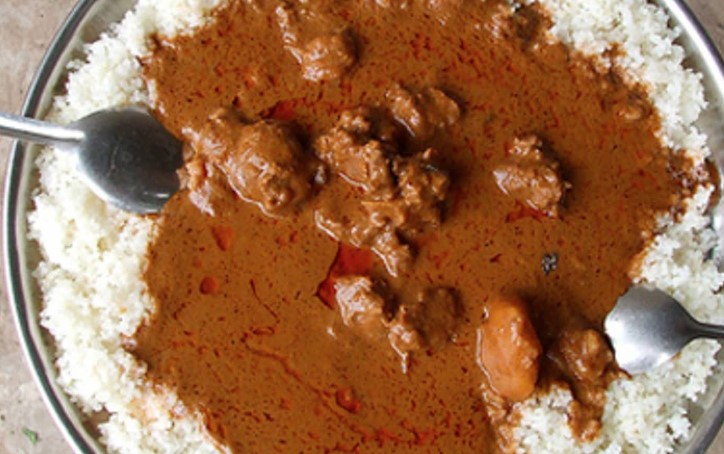Introduction: Saudi Arabian cuisine
Saudi Arabian cuisine is a reflection of the diverse cultural and regional influences that have shaped the country over the centuries. The country’s unique geographical location has also played a significant role in the development of its cuisine. Saudi Arabian cuisine is primarily centered around the consumption of meat, dairy, and grains and is characterized by its rich and flavorful spices and herbs.
Arab Traditions: Influences on Saudi Arabian Cuisine
Arab traditions have significantly influenced Saudi Arabian cuisine. The Arab Peninsula has been a trade hub for centuries, and this has led to the adoption of various culinary traditions from neighboring regions. Arab cuisine is characterized by the use of spices, olive oil, and meats like lamb and chicken. Saudi Arabian cuisine also heavily relies on these ingredients, and the consumption of dates and yogurt, which are popular in Arab cuisine, is also widespread in the country.
Moreover, Arab culinary traditions have also influenced the way Saudis prepare food. For instance, the practice of slow-cooking meat in a tandoor oven, which is popular in Arab cuisine, is also a common practice in Saudi Arabia.
Bedouin Traditions: Influences on Saudi Arabian Cuisine
Bedouin traditions have also significantly influenced Saudi Arabian cuisine. Bedouins, who are nomadic people, have a unique way of preparing food that is influenced by their harsh desert environment. The Bedouins use simple ingredients and rely on cooking techniques like grilling and roasting, which are suitable for the harsh desert environment.
Saudi Arabian cuisine has adopted many of these techniques, especially when it comes to preparing meat. The Bedouin practice of cooking meat on skewers over an open flame, for instance, is a popular way of preparing meat in Saudi Arabia.
Islamic Traditions: Influences on Saudi Arabian Cuisine
Islamic traditions have also influenced Saudi Arabian cuisine. The religion of Islam prohibits the consumption of certain foods, such as pork and alcohol, and this has significantly impacted the development of Saudi Arabian cuisine. As a result, Saudi Arabian cuisine is predominantly halal, and the consumption of pork and alcohol is strictly prohibited.
Moreover, the Islamic tradition of Ramadan, which is a month of fasting, has also influenced the development of Saudi Arabian cuisine. During Ramadan, the consumption of dates, which are rich in energy and essential nutrients, is widespread.
Culinary Techniques in Saudi Arabian Cuisine
Saudi Arabian cuisine relies on various culinary techniques, including slow-cooking, grilling, and roasting. The country is also known for its use of spices and herbs, such as cumin, coriander, and cardamom. The use of saffron, which is one of the most expensive spices in the world, is also common in Saudi Arabian cuisine.
Another popular culinary technique in Saudi Arabian cuisine is the use of a pressure cooker. The pressure cooker is used to cook meat and grains quickly, which is ideal for Saudi Arabia’s hot and humid climate.
Popular Dishes in Saudi Arabian Cuisine
Some of the most popular dishes in Saudi Arabian cuisine include Kabsa, which is a rice dish mixed with meat and spices, and Shawarma, which is a meat sandwich wrapped in pita bread. Another popular dish is Mandi, which is a meat dish cooked in a tandoor oven and served with rice.
In conclusion, Saudi Arabian cuisine is a reflection of the country’s diverse cultural and regional influences. The country’s unique geographical location has also played a significant role in shaping its cuisine. The adoption of various culinary traditions from neighboring regions and the influence of Islamic and Bedouin traditions have resulted in a rich and flavorful cuisine that is enjoyed by people all over the world.


